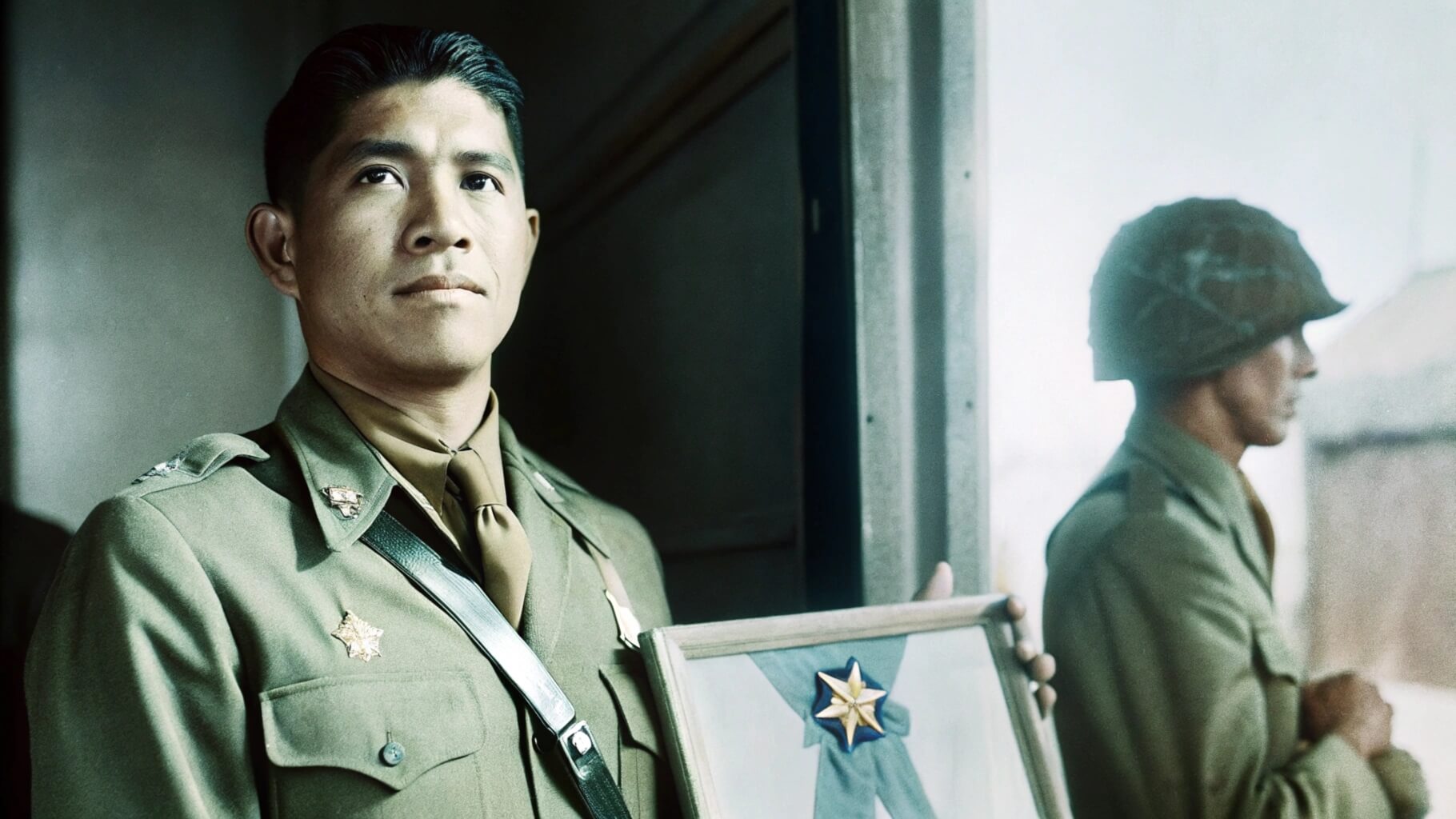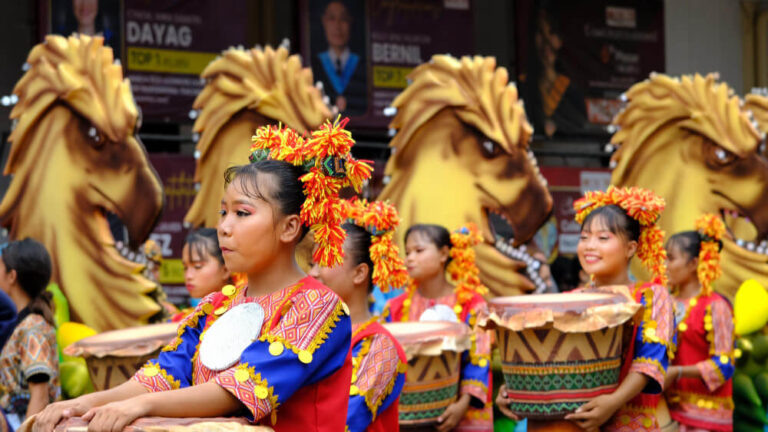Bruno: A Filipino-American Soldier Awarded the Medal of Honor

Most inspiring stories of military valor come from individuals who put others before themselves, and Private Bruno Orig’s story stands as a shining example of such selfless heroism. As you learn about this remarkable Filipino-American soldier, you’ll discover how his actions earned him America’s highest military decoration. And how he brought honor to the whole country as well.
Born to Filipino parents in Honolulu, Hawaii in January 1930, Orig came from a family deeply rooted in military service. If you look at his family history, you’ll find that his father, stepfather, and brothers all served in the U.S. Army across three major conflicts – World War I, World War II, and the Vietnam War.
After your high school graduation would typically lead you to college, Orig chose a different path. He enlisted in the U.S. Army in 1949, where he trained as a light weapons infantryman. His service with Company G, 23rd Infantry Regiment, 2nd Infantry Division would soon lead him to the battlefields of Korea.
On February 15, 1951, near Chipyong-ni, Korea, you would have witnessed Orig’s extraordinary courage. While returning from a wire-laying mission, he discovered wounded comrades and, despite intense enemy fire, rushed to their aid. Your understanding of his bravery deepens when you learn that he made multiple trips to rescue the wounded, showing complete disregard for his safety.
When you consider the full scope of his heroism, it becomes even more remarkable. Upon noticing a wounded machine gunner, Orig voluntarily took control of the weapon. His precise firing provided crucial cover for a withdrawing friendly platoon, ensuring they escaped without casualties. When U.S. forces later recaptured the position, they found Orig’s body beside his weapon, with numerous enemy casualties lying before his position.
President Joe Biden recently honored Orig, along with six other veterans, with the Medal of Honor for their exceptional valor during the Korean and Vietnam Wars. “Without hesitation, he ran out to rescue them, gave his own life to save the lives of his brothers in arms,” as you would have heard the President declare during the ceremony.
Today, when you visit the National Memorial Cemetery of the Pacific at Punchbowl Crater in Honolulu, you can pay your respects to this hero who exemplified the highest traditions of military service through his “extraordinary heroism and selfless sacrifice.”





